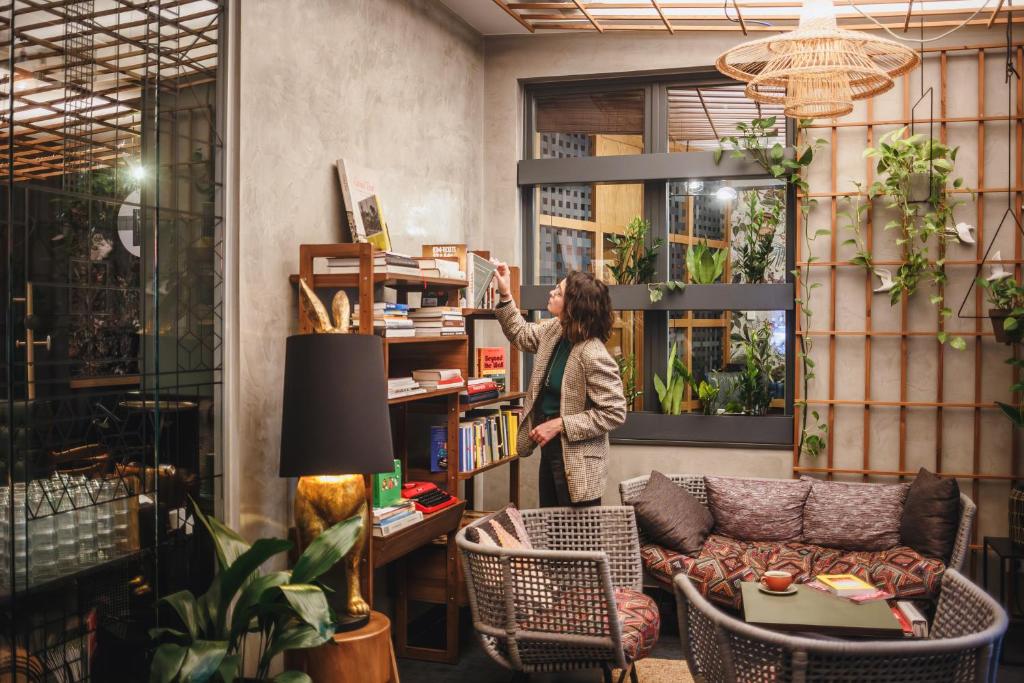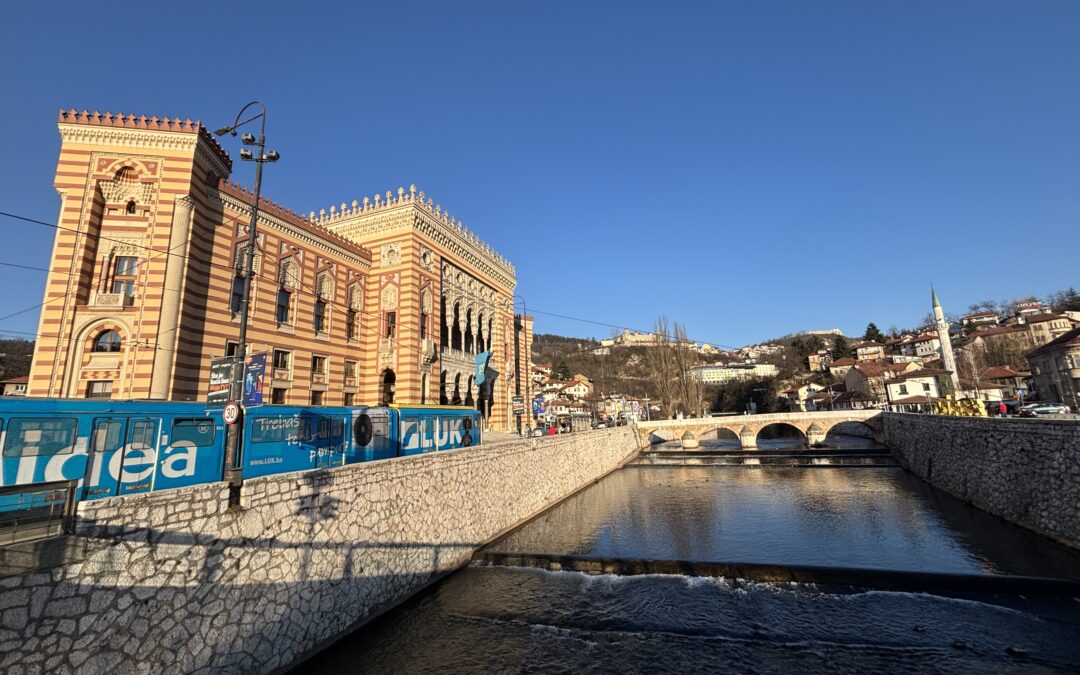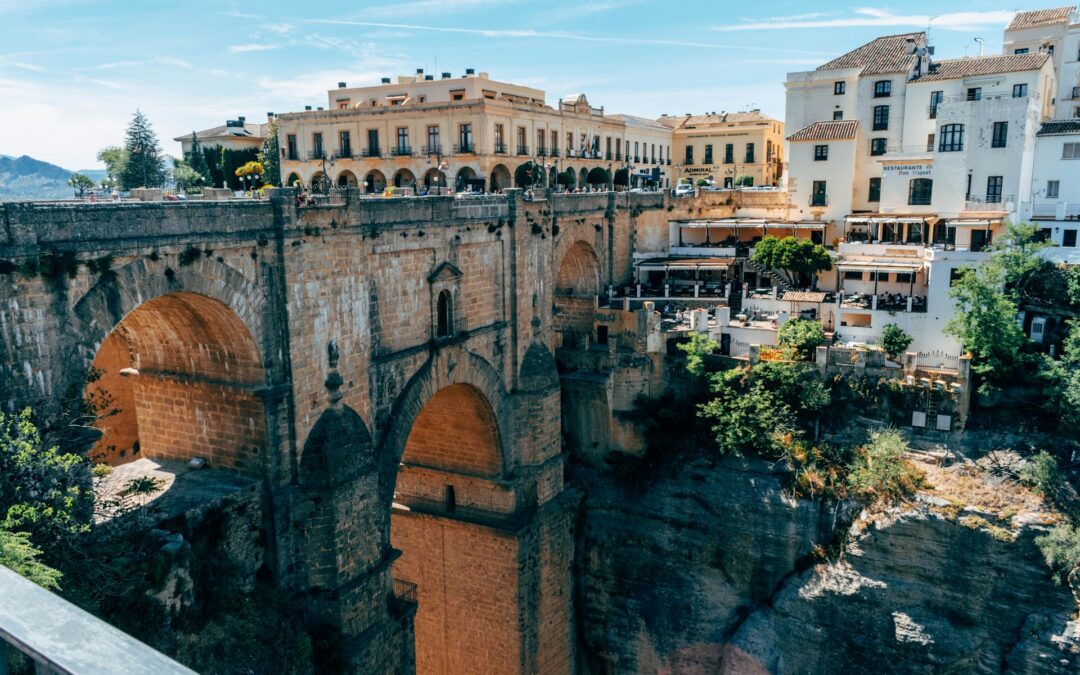Nestled along Croatia’s stunning Adriatic coast, the city of Split is a vibrant blend of ancient history and modern life. At its heart lies Diocletian’s Palace, a UNESCO World Heritage site and one of the best-preserved monuments of late Roman architecture. Built in the 4th century AD as a retirement residence for Emperor Diocletian, the palace has since transformed into a living city where history, culture, and daily life intertwine.
For travelers, Diocletian’s Palace is a must-visit destination—not just a relic of the past but an immersive historical experience filled with hidden alleys, Roman-era architecture, lively squares, and charming cafes. Whether you are a history buff, a photography enthusiast, or simply someone looking to soak in the atmosphere of old-world Europe, this guide will help you navigate and appreciate the palace in the best way possible.
The fascinating history of Diocletian’s palace
Emperor Diocletian, one of Rome’s most notable rulers, ordered the construction of his palace in 305 AD. At the time, he was one of the few Roman emperors who voluntarily abdicated the throne, choosing to retire in what was then the Roman province of Dalmatia. His choice of location was strategic—Split, then called Aspalathos, was close to Salona, the capital of the province and his probable birthplace. The area also provided easy access to the sea, fresh water from the nearby Jadro River, and a natural defensive position.
Unlike many Roman palaces that functioned solely as residences, Diocletian’s palace was also a fortress, covering nearly 30,000 square meters. Over time, as the Roman Empire declined and Salona was sacked, refugees sought shelter within the palace walls, leading to the development of the modern city of Split. Today, walking through the palace feels like stepping into a time machine—where Roman ruins, medieval buildings, and modern-day homes coexist in harmony.
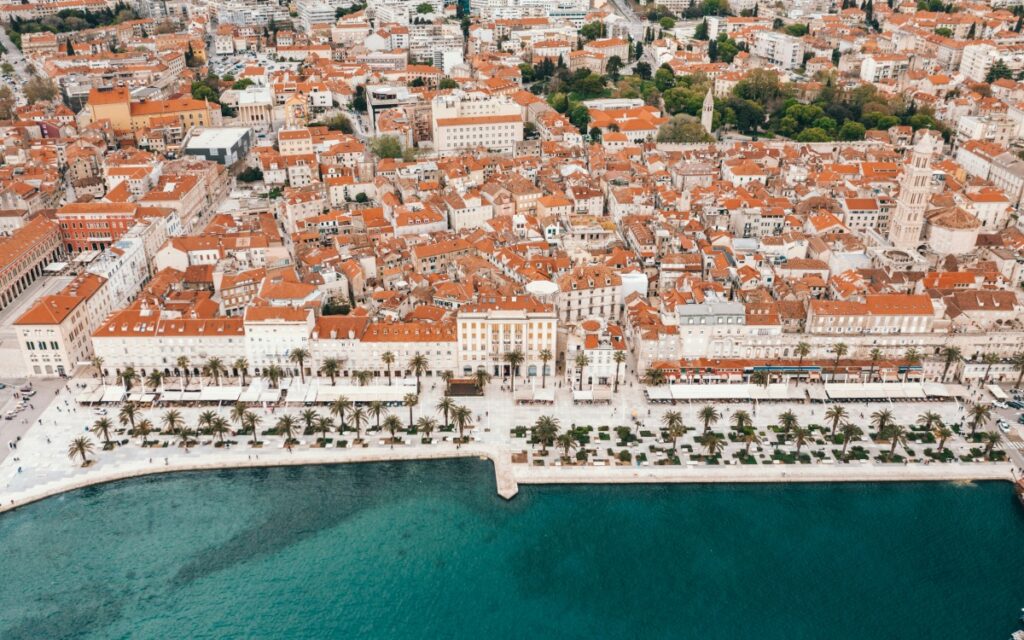
Architectural highlights you shouldn’t miss
Diocletian’s Palace is unique because it doesn’t feel like a typical palace. Instead, it resembles a mini-city, complete with streets, squares, and monumental buildings. While you can easily get lost exploring its nooks and crannies, there are a few standout sites you shouldn’t miss.
Peristyle square
The Peristyle is the palace’s central square and one of its most recognizable landmarks. This grand courtyard, surrounded by massive Corinthian columns, was once used for public ceremonies where Diocletian would appear before his subjects like a god. Today, it serves as a popular meeting place, where tourists and locals alike gather to soak in the history.

One of the best ways to experience the Peristyle is to visit early in the morning before the crowds arrive. This is also a fantastic spot to witness klapa performances, traditional Dalmatian a cappella singing that echoes beautifully in the ancient surroundings.
The Cathedral of Saint Domnius
Originally built as Diocletian’s mausoleum, the Cathedral of Saint Domnius is one of the world’s oldest functioning Christian cathedrals. Ironically, the emperor who fiercely persecuted Christians now has a church built inside his own tomb. Over the centuries, the structure has been modified, but much of its original Roman architecture remains intact.
Climbing the bell tower is a must for panoramic views of Split. The ascent is steep, with narrow steps and open metal staircases that may feel daunting, but the breathtaking views over the Riva promenade, Marjan Hill, and the Adriatic Sea make it well worth the effort.
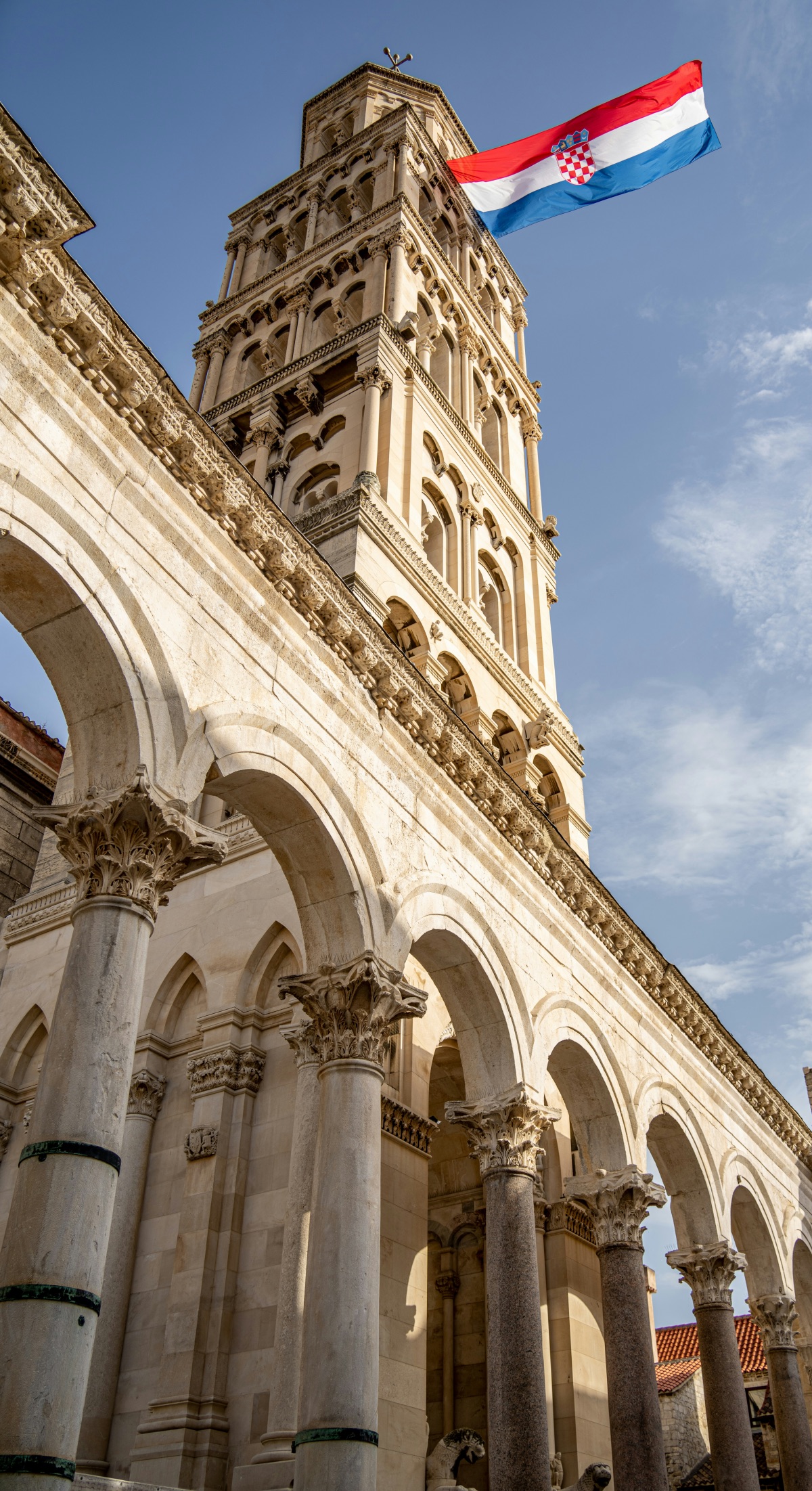
The substructures (cellars)
The underground cellars of Diocletian’s Palace provide one of the best-preserved glimpses into its original layout. Since the upper levels were destroyed or modified over time, these substructures mirror the rooms that once stood above them.
Today, the underground halls serve multiple purposes. They house exhibitions, markets, and even pop-up art galleries. Fans of Game of Thrones might recognize them as the setting for Daenerys Targaryen’s throne room in Meereen. Even if you’re not a fan of the series, walking through these massive stone corridors is a hauntingly beautiful experience.
The temple of Jupiter
Dedicated to Jupiter, the chief Roman god, this small but beautifully preserved temple was later converted into a baptistery. Its coffered ceiling features stunning reliefs of gods and mythological creatures, and at the entrance, you’ll find a well-preserved Egyptian sphinx brought from Egypt during the Roman era.
If you’re interested in Roman mythology, spend a moment admiring the temple’s details—it’s one of the finest examples of late pagan Roman architecture still standing today.
Practical tips for visiting
Diocletian’s Palace is not a traditional museum—it’s a living part of the city, meaning there are no official opening hours or entrance fees to explore the general area. However, certain sections, like the cathedral, bell tower, and cellars, require tickets.
Best time to visit
- Early morning (before 9 AM) is ideal for peaceful exploration and photography.
- Late afternoon and evening offer a more atmospheric experience, as the stone walls take on a golden hue and cafes fill with locals.
- Avoid peak tourist hours (11 AM – 3 PM), especially in summer, when crowds and cruise ship passengers flood the area.
How to get around
Diocletian’s Palace is entirely pedestrian-friendly, and its narrow alleys make it impossible for vehicles to enter. Wear comfortable walking shoes—the cobblestone streets can be uneven and slippery, especially after rain.
For an in-depth experience, consider joining a guided walking tour. Local guides provide valuable historical context and often share fascinating stories and hidden details you might otherwise miss.

Hidden gems inside the palace
While the main attractions are well-known, there are several lesser-known spots worth exploring:
- Let Me Pass Street (Pusti me proć): This is one of the narrowest streets in the world, barely wide enough for one person to squeeze through.
- Ethnographic Museum: Located within the palace, this museum offers insight into Dalmatian culture, traditional clothing, and artifacts.
- Secret courtyards and cafes: Many hidden courtyards within the palace house cozy wine bars and artisan shops, perfect for a quiet escape from the tourist crowds.
Where to eat and drink inside the palace
Since Diocletian’s Palace is part of Split’s city center, you’ll find plenty of dining options within its ancient walls.
For a traditional Dalmatian meal, try:
- Bokeria Kitchen & Wine Bar – A stylish yet relaxed spot offering Mediterranean cuisine and a fantastic selection of Croatian wines.
- Konoba Korta – A cozy restaurant near the Peristyle serving fresh seafood and traditional peka dishes.
- Uje Oil Bar – Specializing in local olive oils and tapas-style Dalmatian delicacies.
For coffee or drinks with a historic view, head to:
- Lvxor Café – Located directly on the Peristyle, this café lets you sip coffee while sitting on Roman-era steps.
- Diocletian’s Wine House – A charming spot for trying locally-produced wines in a centuries-old setting.
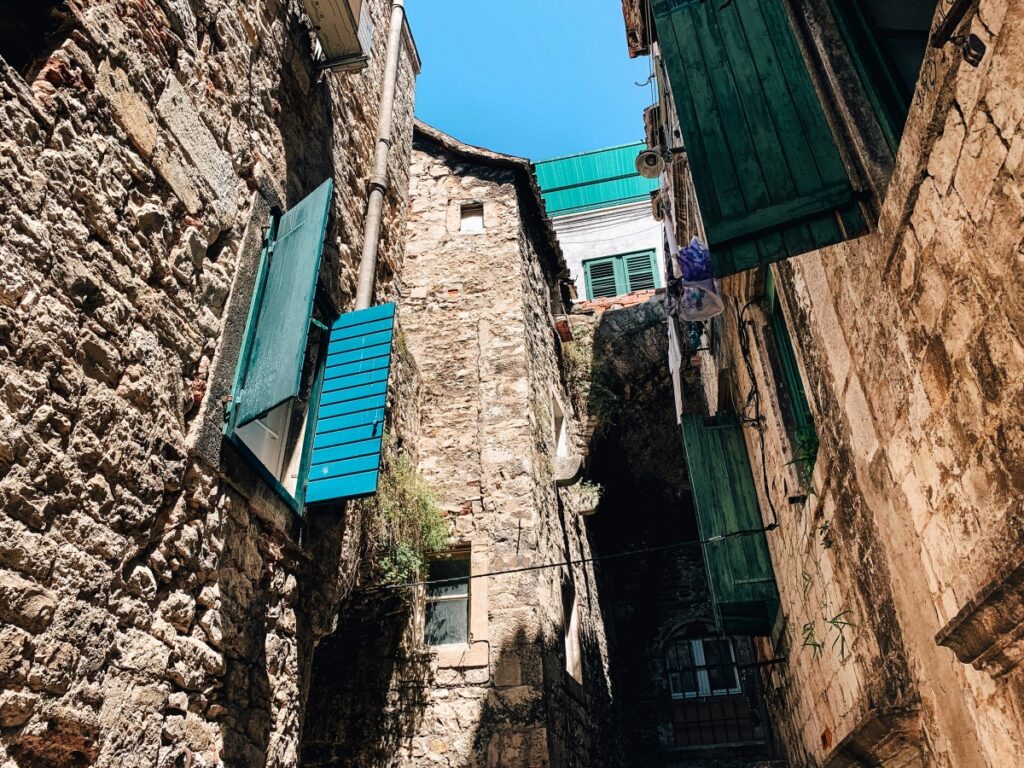
Diocletian’s Palace is more than just an ancient ruin—it’s a living, breathing part of Split, where history blends seamlessly with modern-day life. Whether you spend an hour or an entire day exploring its secrets, you’ll find yourself captivated by its beauty, mystery, and enduring charm.
By taking your time to wander its streets, climb its towers, and soak in the atmosphere, you’ll leave with a deeper appreciation of this incredible place—one that has stood the test of time for over 1,700 years.




